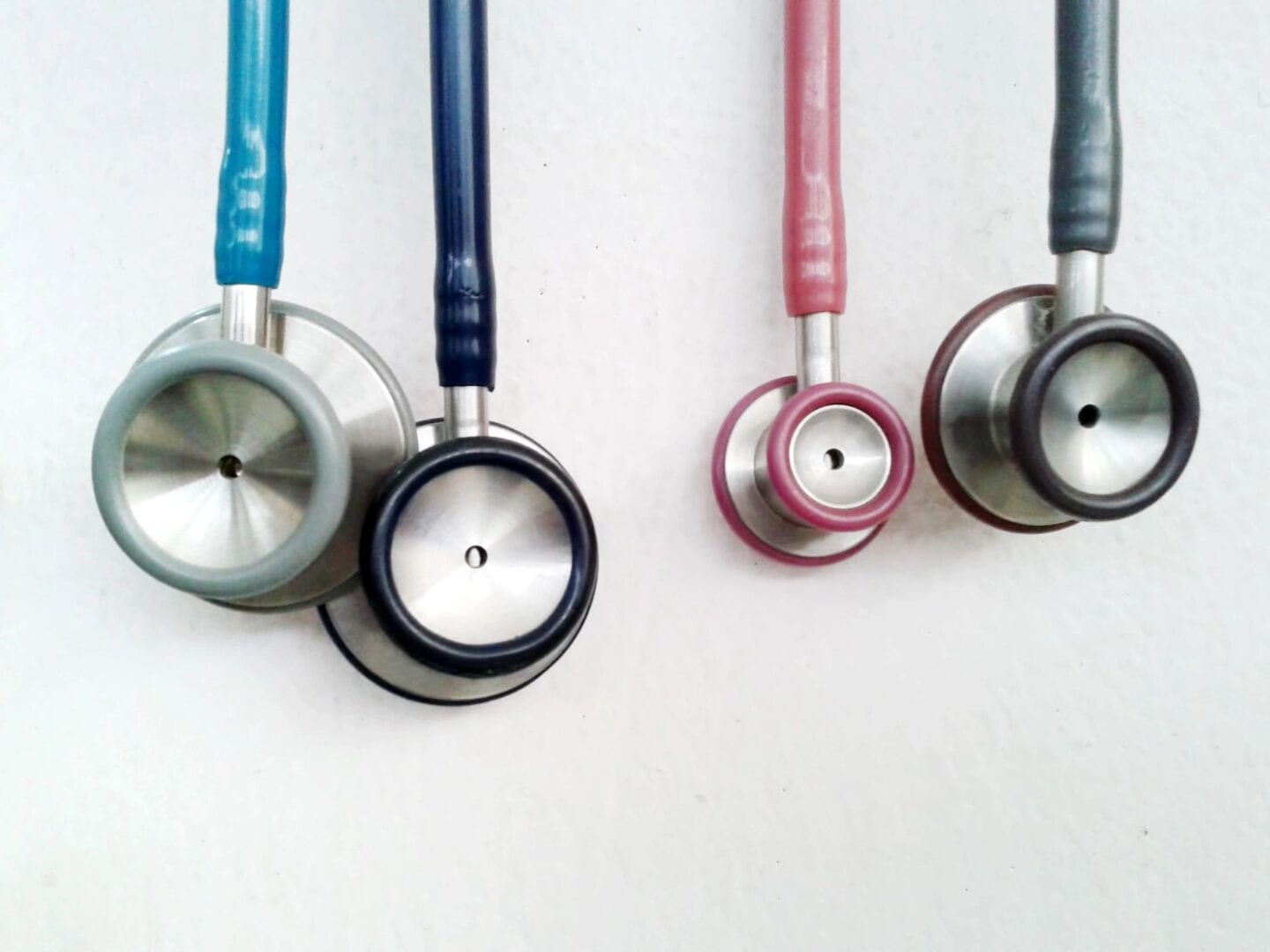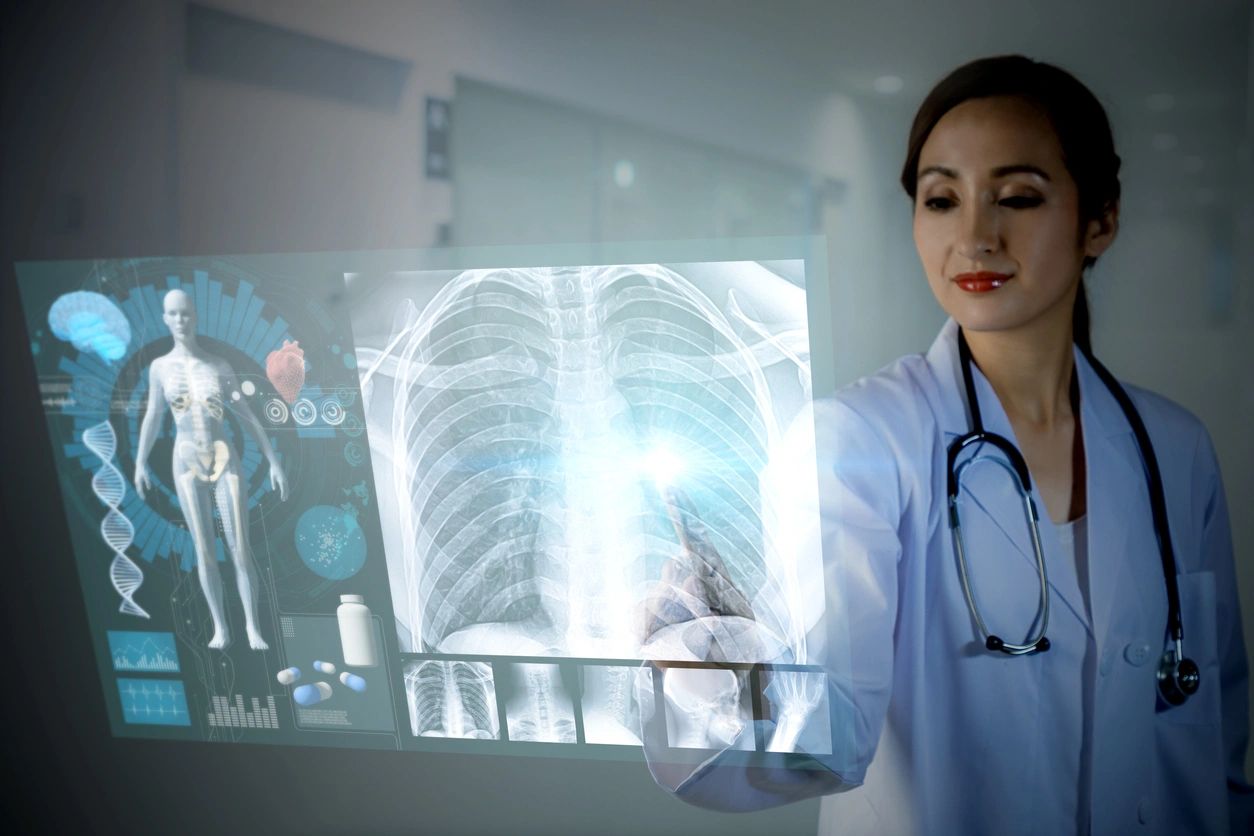Polysomnography
A Comprehensive Study for Diagnosing Sleep Disorders
Alternative Names:
Sleep study; Polysomnogram; Rapid eye movement studies; Split night polysomnography; PSG
Polysomnography is a sleep study. A sleep study monitors you as you sleep, or try to sleep.
There are two states of sleep:

A sleep study measures your sleep cycles and stages by recording:
How the Test is Performed
AT A SLEEP CENTER
The most common type of sleep study is performed at a special sleep center. You will be asked to arrive about 2 hours before bedtime. You will sleep in a bed at the center.
Many sleep centers have rooms that are similar to hotel rooms, so that you are in a comfortable bedroom. The test is often done during the night so that your normal sleep patterns can be studied.
The health care provider will place electrodes on your chin, scalp, and the outer edge of your eyelids. These must remain in place while you sleep.
Signals from the electrodes are recorded while you are awake (with your eyes closed) and during sleep. The time it takes you to fall asleep is measured, as well as the time it takes you to enter REM sleep.
Monitors to record your heart rate and breathing will be attached to your chest. These also must stay in place while you sleep. A specially trained health care provider will observe you while you sleep and note any changes in your breathing or heart rate. The number of times that you either stop breathing or almost stop breathing will be measured.
In some sleep study centers, a video camera records your movements during sleep.
AT HOME
Portable sleep study devices that can be used in the home instead of at a sleep center are available to help diagnose sleep apnea. You go to a sleep center to pick up the device, or a trained therapist comes to your home to set up the device.
Portable devices are best used when:
How to Prepare for the Test
Do not take any sleep medicine and do not drink alcohol or caffeinated beverages before the test.
Why the Test is Performed
The test is done to diagnose possible sleep disorders, including obstructive sleep apnea (OSA). Often, OSA is suspected because of the following symptoms:
Other sleep disorders that polysomnography may be used to diagnose are:

Normal Results
A sleep study keeps track of:
Results are most often reported using the Apnea-Hypopnea Index (AHI). An AHI of less than 5 is considered normal.
A normal test result also shows normal patterns of brain waves and muscle movements during sleep.
What Abnormal Results Mean
Apnea-Hypopnea Index (AHI) results are used to diagnose obstructive sleep apnea.
The sleep specialist must also look at other findings from the sleep study, as well as the medical history and physical exam to make the diagnosis and decide on treatment. A sleep study can also help diagnose narcolepsy.
Disclaimer:
Adapted from Medline plus, a service of the US National Library of Medicine and NIH